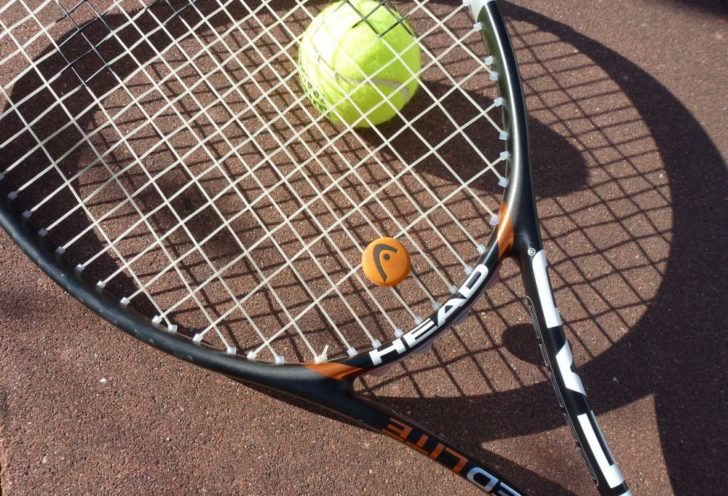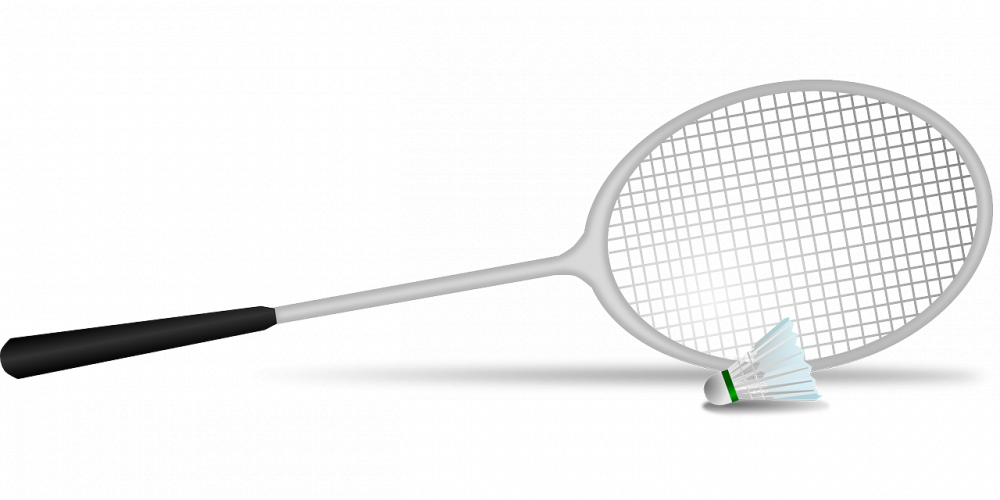En djupdykning i Tennis Term: En komplett guide

Introduction
Tennis is a popular sport enjoyed by millions of people worldwide. To fully understand and appreciate the game, it is essential to have a comprehensive understanding of the various tennis terms used. In this article, we will provide an in-depth overview of tennis terms, including their types, popularity, and historical significance. Whether you’re a beginner or a seasoned player, this guide aims to enhance your knowledge of tennis terminology.
1. An Overview of Tennis Terms

Tennis terms are specialized vocabulary used to describe different aspects of the game. These terms provide players, coaches, and fans with a precise language to discuss and analyze tennis matches effectively. They encompass everything from basic concepts to advanced strategies, and mastering these terms is crucial for effective communication within the tennis community.
2. The Different Types of Tennis Terms
There are various types of tennis terms, each serving a specific purpose. Here are some commonly used examples:
a. Stroke Terminology:
– Forehand and Backhand: These terms refer to the primary groundstrokes used by players. The forehand stroke is executed with the dominant hand, while the backhand stroke can be performed with one or both hands.
– Volley and Overhead: These terms describe shots hit before the ball bounces. Volleys are shots hit while the player is near the net, while overheads are struck when the ball is above the player’s head.
b. Scoring Terminology:
– Love, Deuce, and Advantage: These terms are used in scoring a tennis match. Love means zero, deuce indicates a tie, and advantage denotes a player’s score advantage after deuce.
– Set and Matc A set consists of several games, and a match is the completion of several sets.
c. Court Terminology:
– Baseline and Net: The baseline marks the boundary of the back of the court, while the net divides the court into two equal halves.
– Singles and Doubles: These terms differentiate between matches played between two individuals (singles) and matches played between two pairs of players (doubles).
3. Quantitative Measurements in Tennis Terminology
Quantitative measurements play a crucial role in tennis. They provide objective data and insights into a player’s performance. Here are some important measurements:
– Speed of Serve: This refers to the velocity at which a player’s serve reaches the opponent’s court.
– Shot Placement: The precision and accuracy with which a player directs their shots towards specific areas of the court.
– Percentage of First Serves: The proportion of successful first serves a player hits during a match, affecting their overall service game.
4. Differentiating Between Tennis Terms
Although tennis terms may seem similar, they often have subtle differences that distinguish them from one another. For example:
– Slice and Topspin: Both terms refer to the way the ball spins, but a slice imparts backspin, while topspin creates forward rotation.
– Lob and Drop Shot: Both shots involve hitting the ball high, but a lob aims to clear the opponent, while a drop shot strategically lands the ball close to the net.
5. A Historical Overview of Tennis Term Advantages and Disadvantages
Throughout the history of tennis, new terms have been introduced, contributing to the evolution of the game. Here are some historical advantages and disadvantages associated with tennis terms:
– Advantage: The introduction of terms like ”serve and volley” revolutionized the game and added more tactical options for players.
– Disadvantage: Overuse of technical terms may confuse beginners and hinder their understanding of the game at an early stage.
Conclusion
Tennis terms are essential for effective communication and analysis in the world of tennis. By familiarizing yourself with these terms and their nuances, you will have an enhanced understanding of the game. Whether you’re a player, coach, or fan, this comprehensive guide aims to provide the knowledge needed to fully appreciate and participate in the thrilling sport of tennis.
(Note: Place a video clip related to tennis terms or gameplay strategies here.)
We hope this article has served as a valuable resource for both beginners and seasoned tennis enthusiasts. By delving into the world of tennis terms, you can elevate your tennis experience and engage more effectively with the tennis community. Happy playing and discussing the game!





















